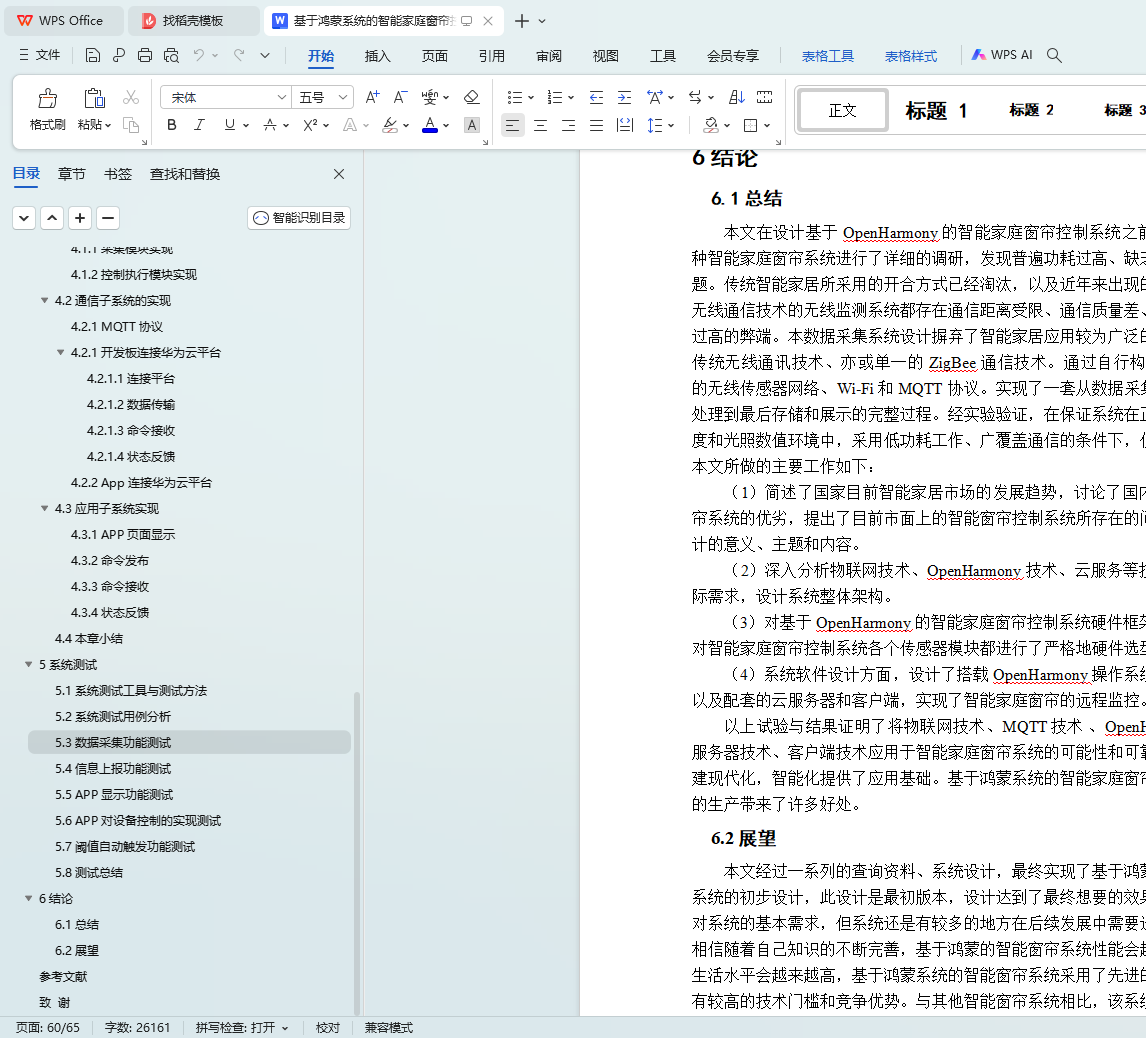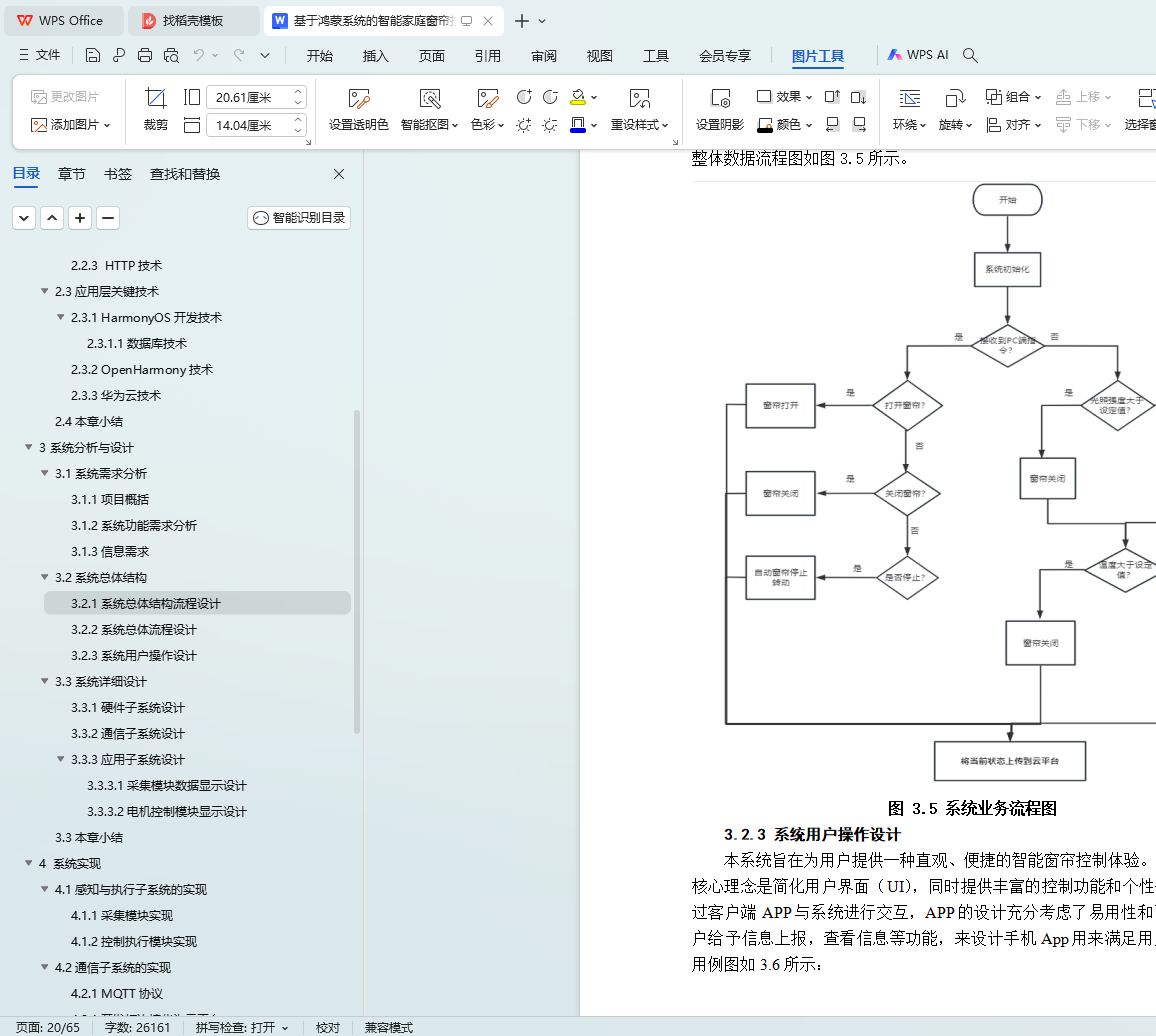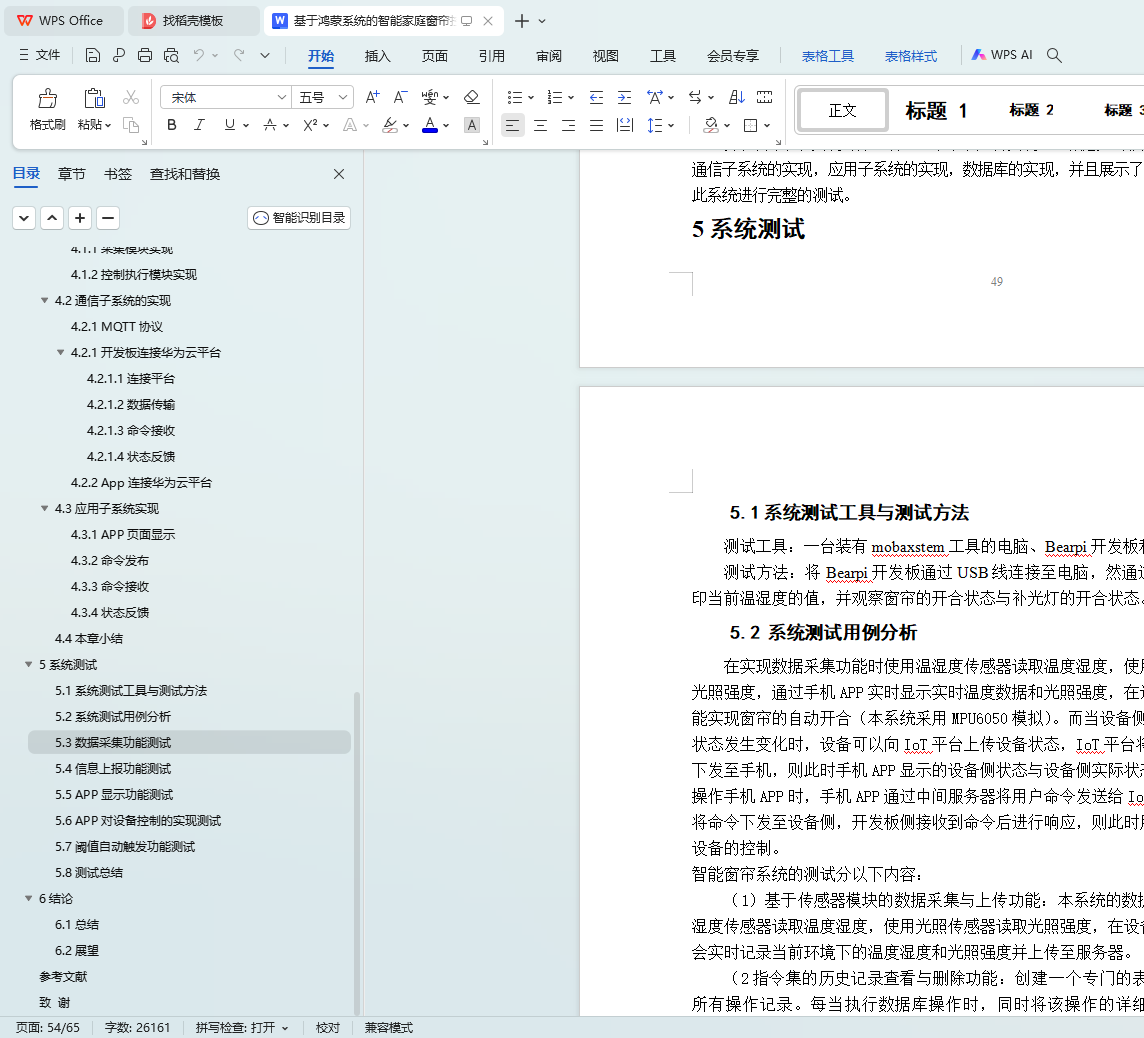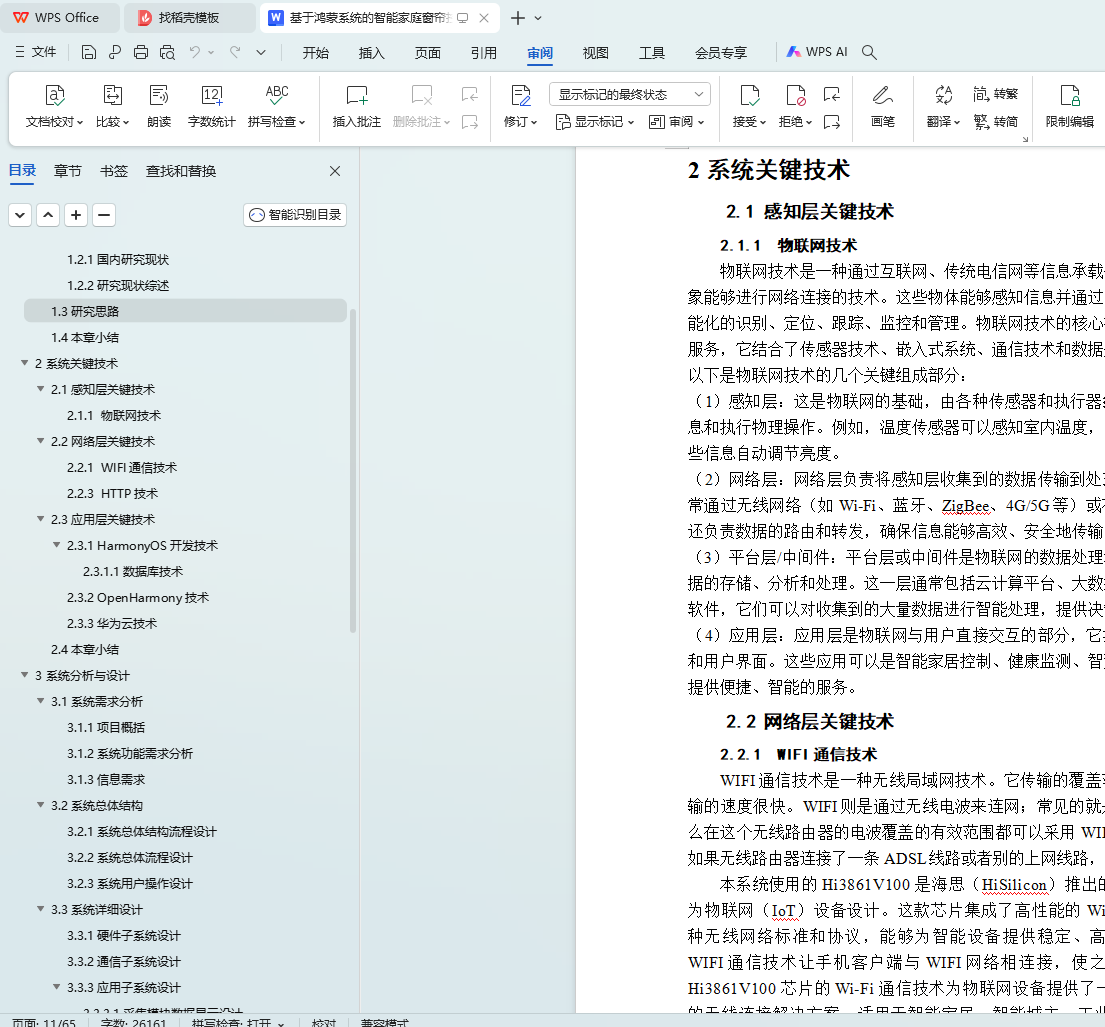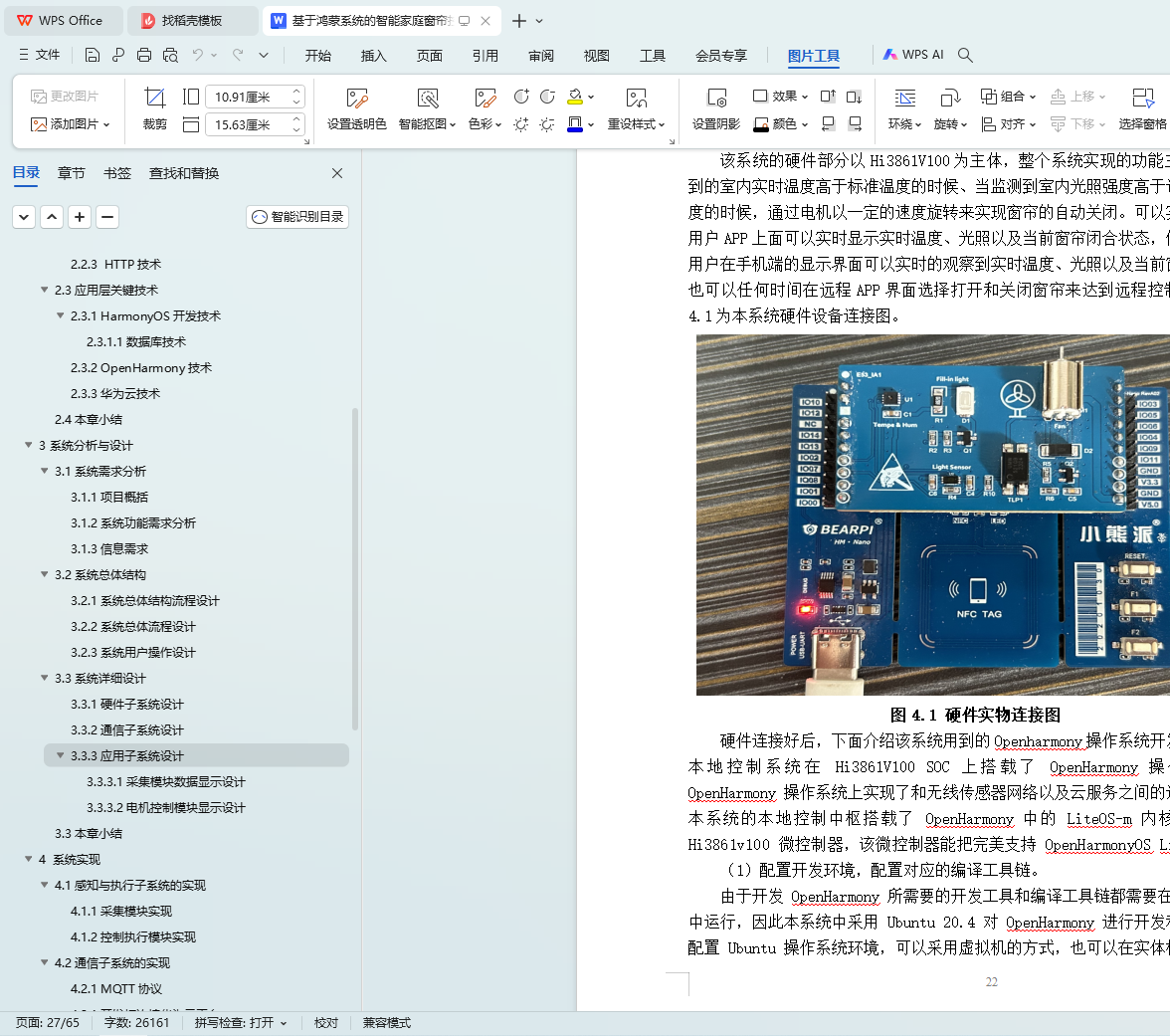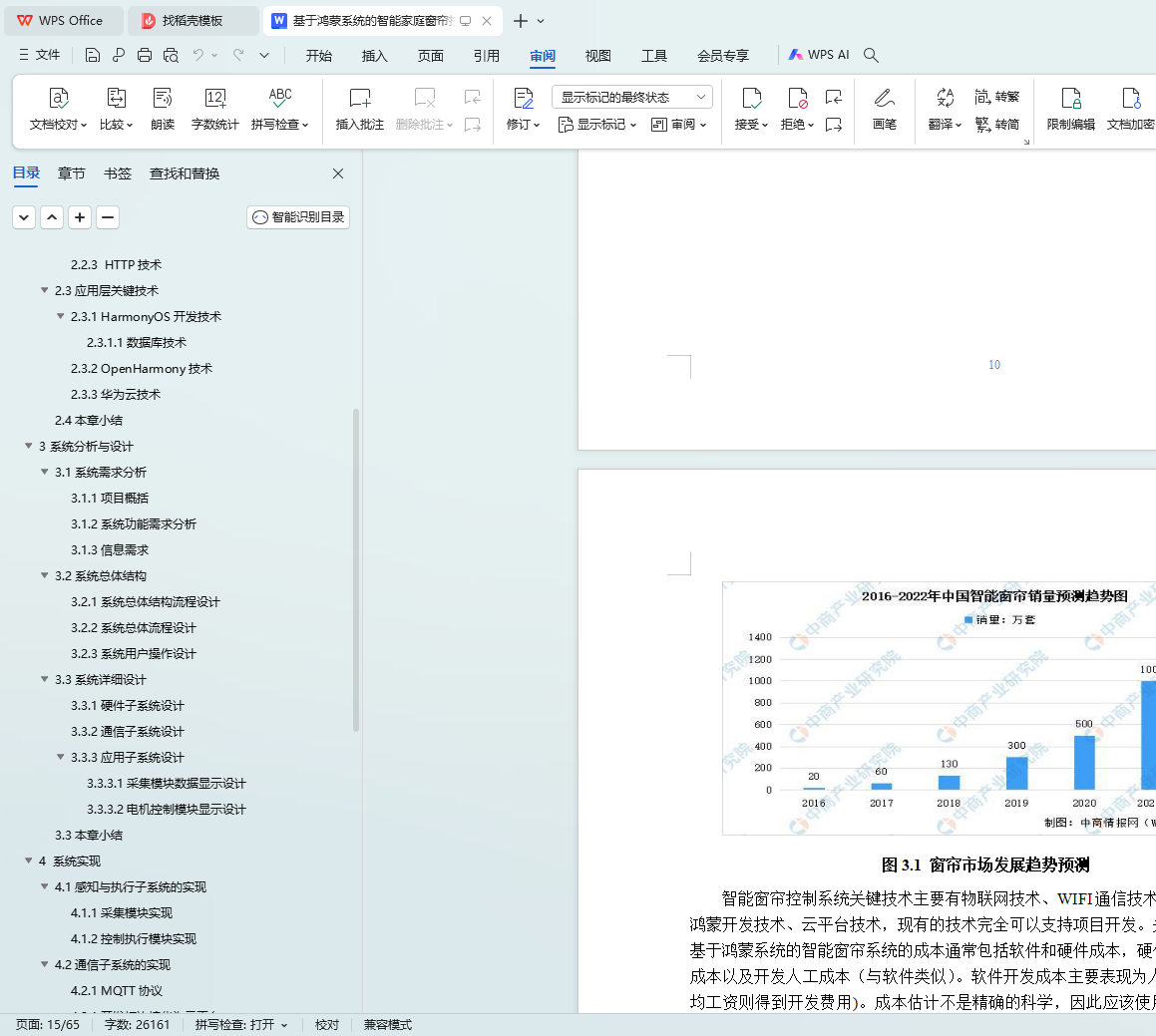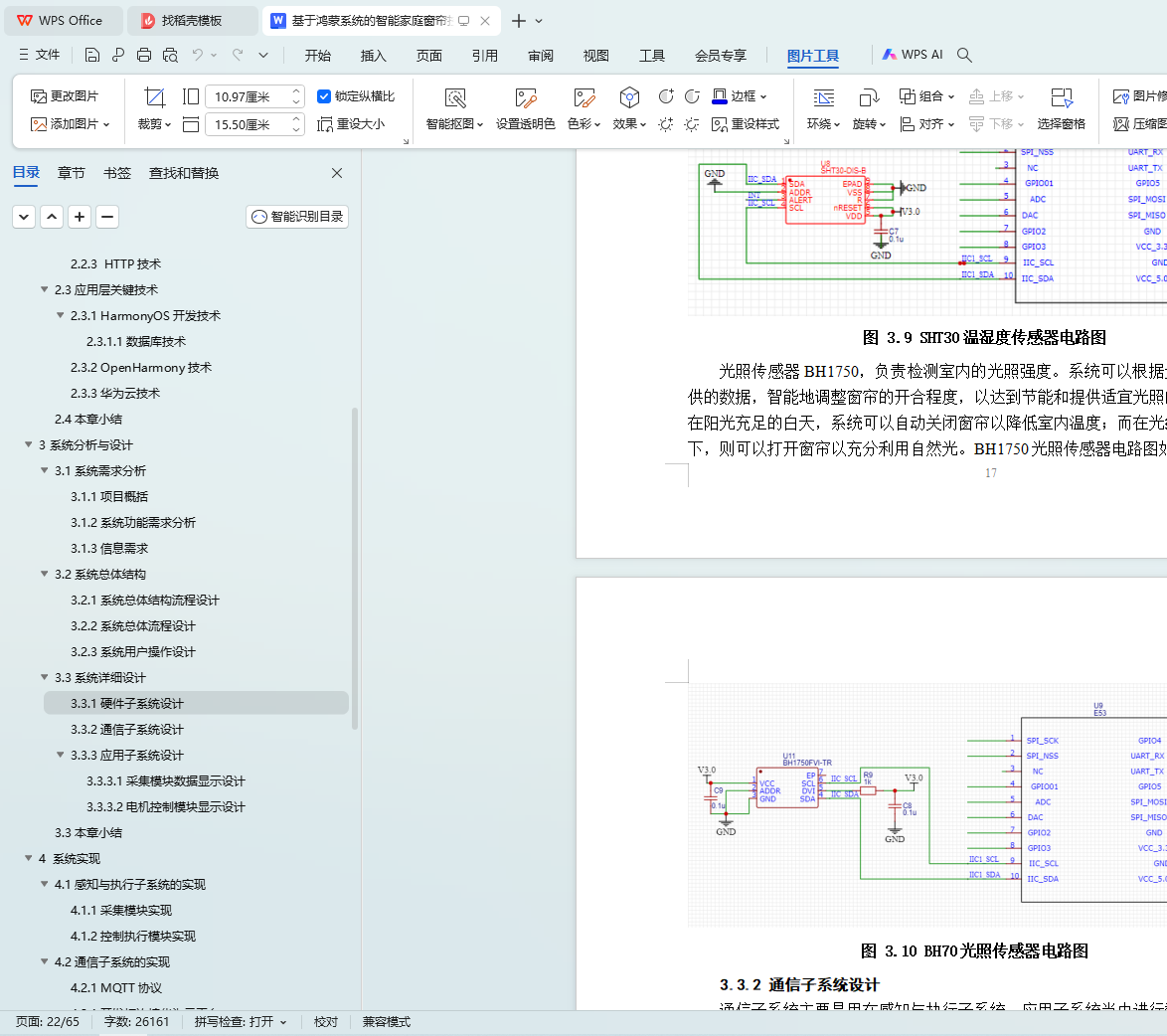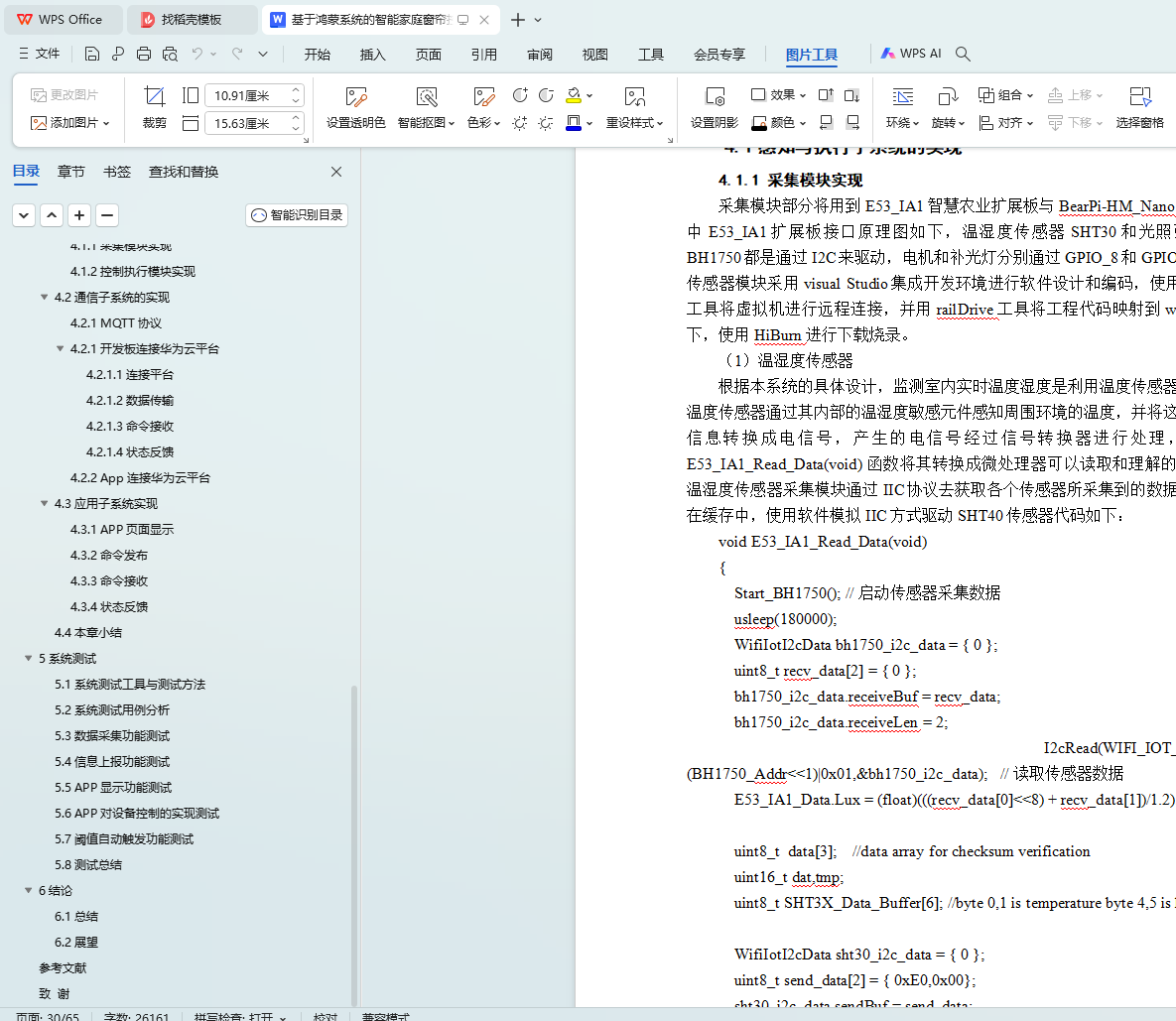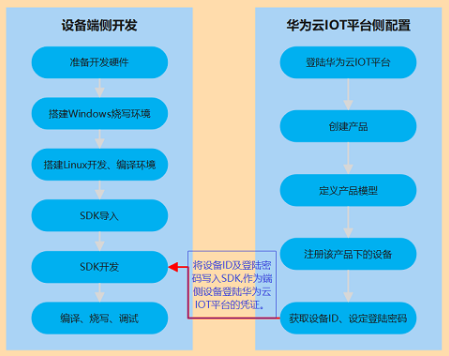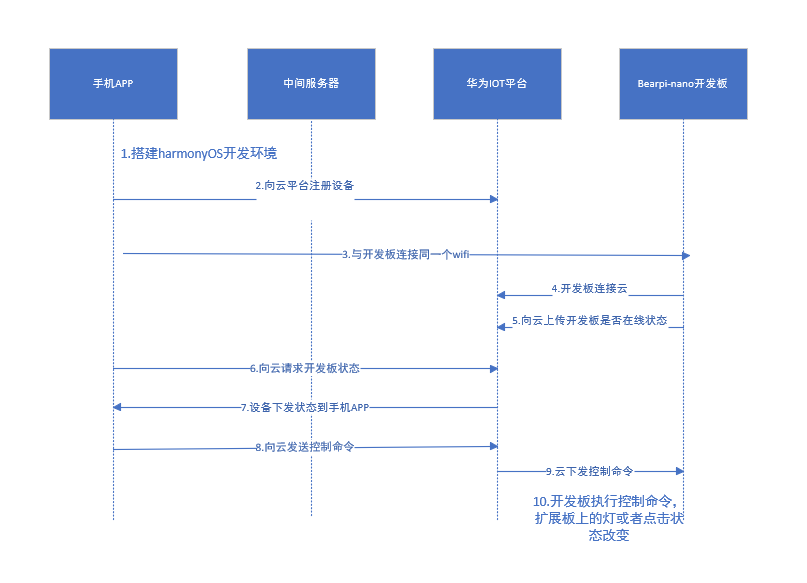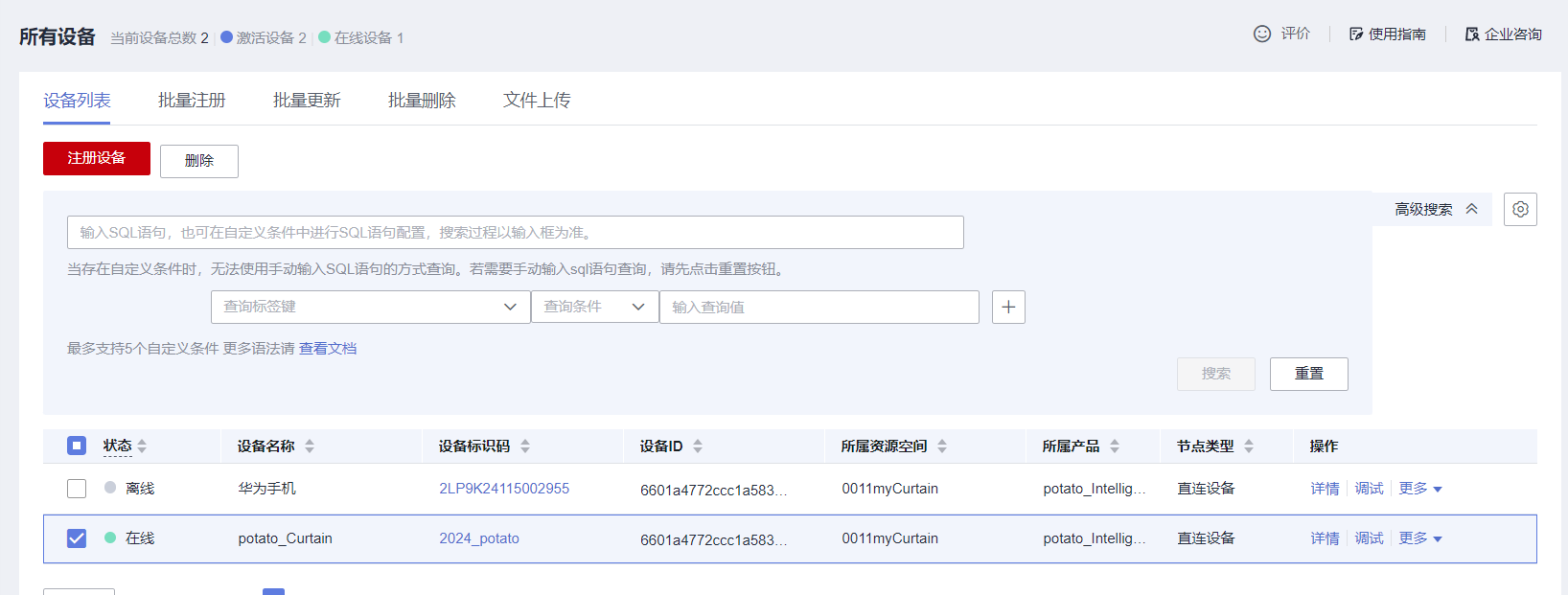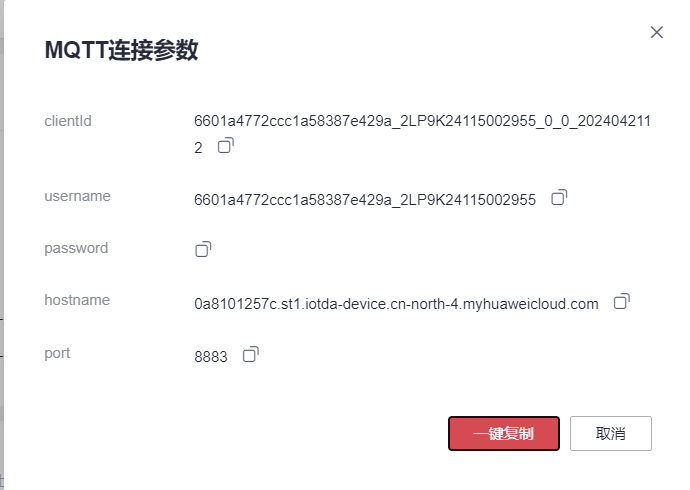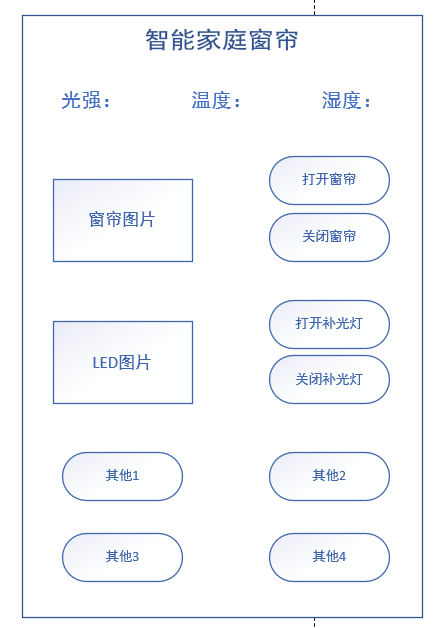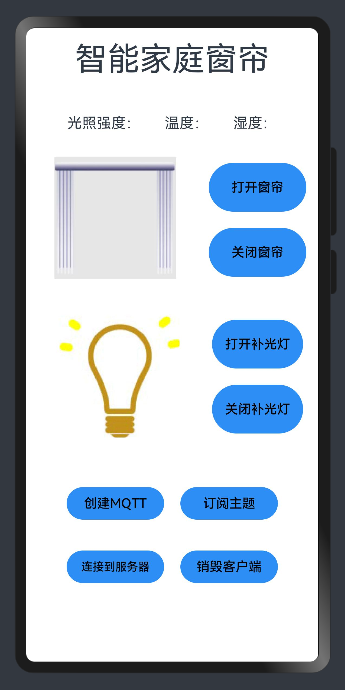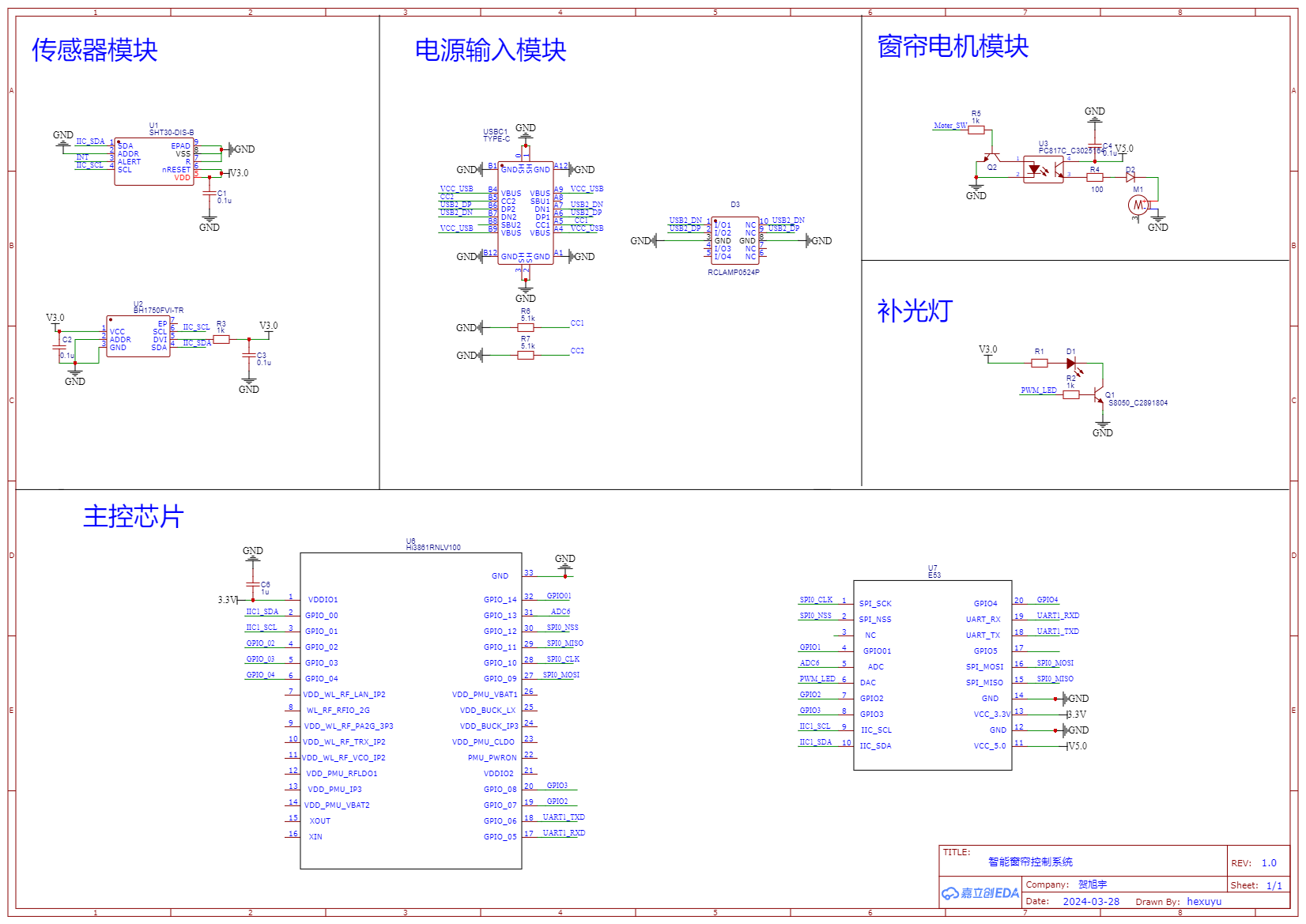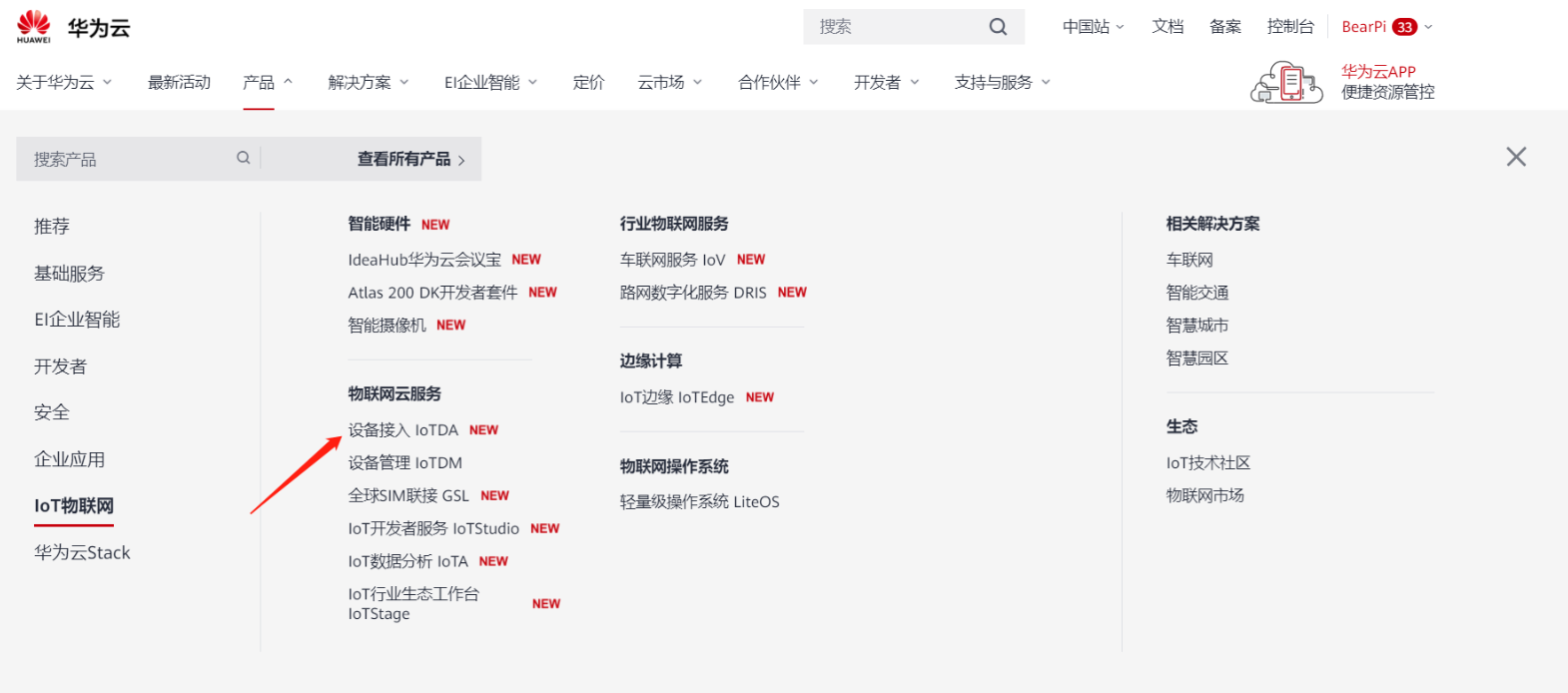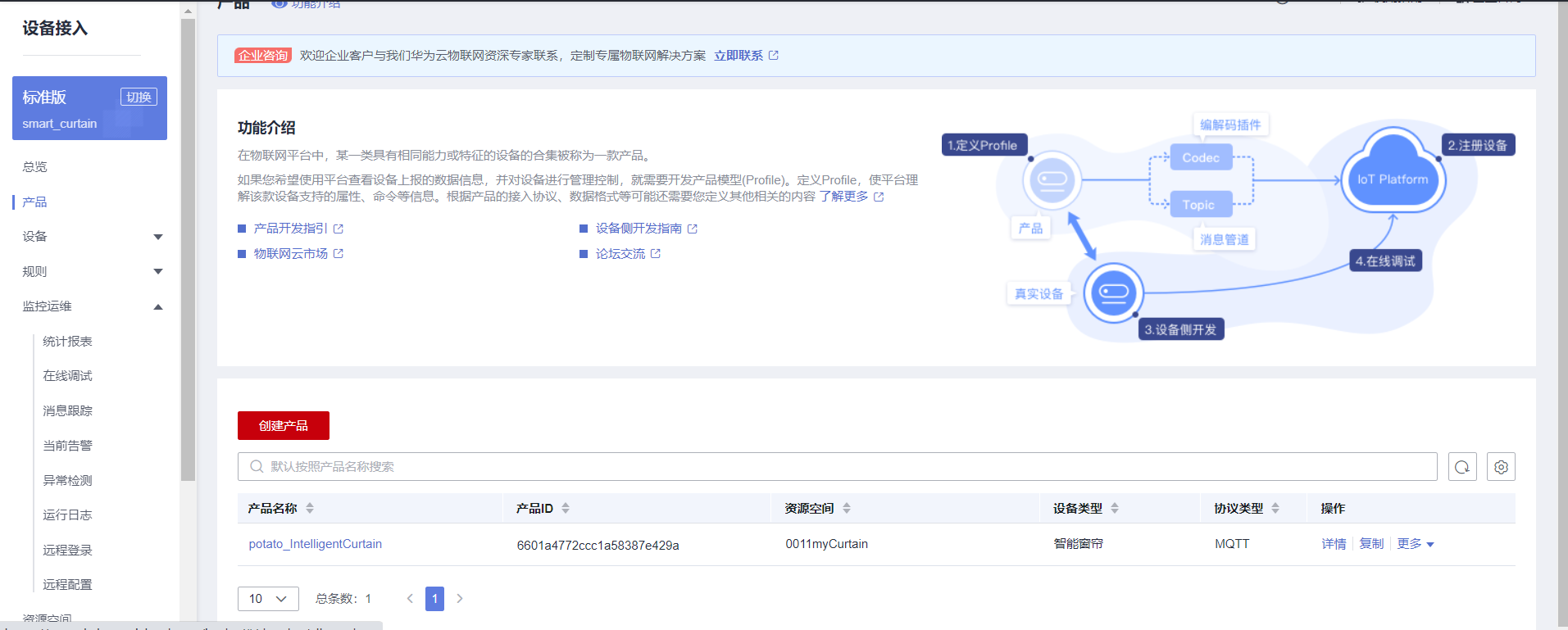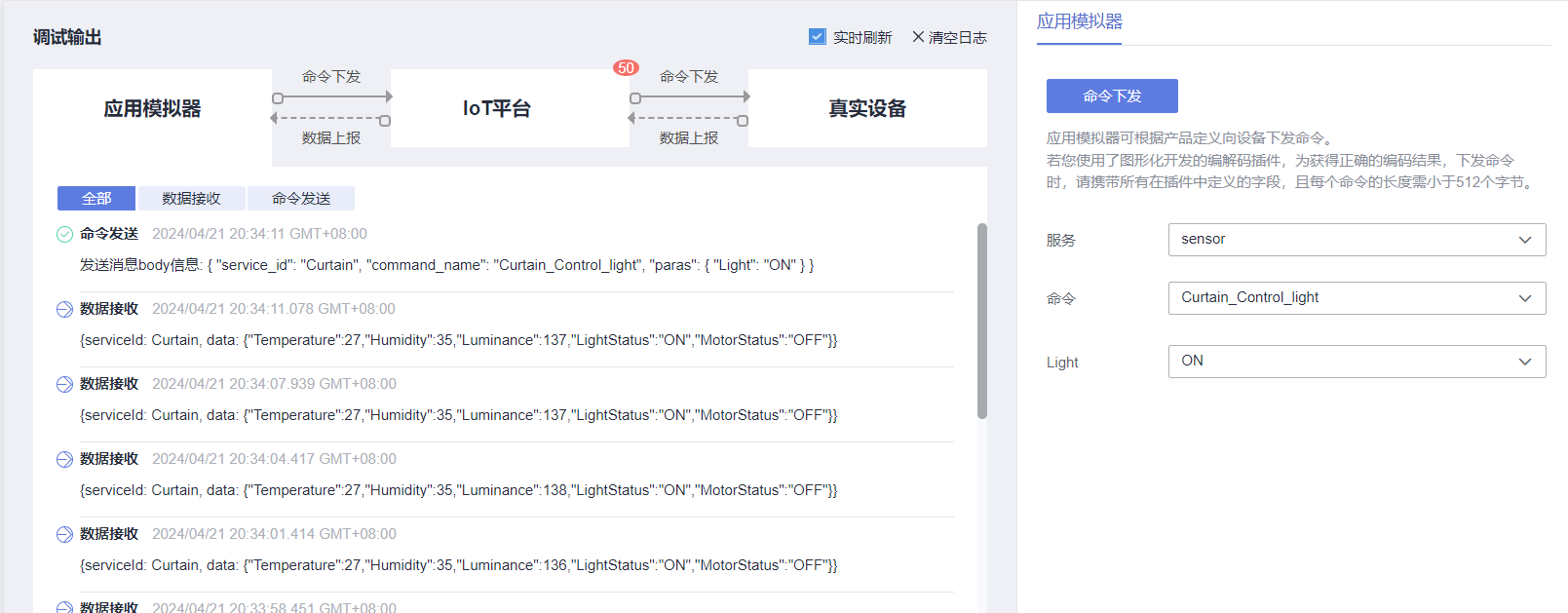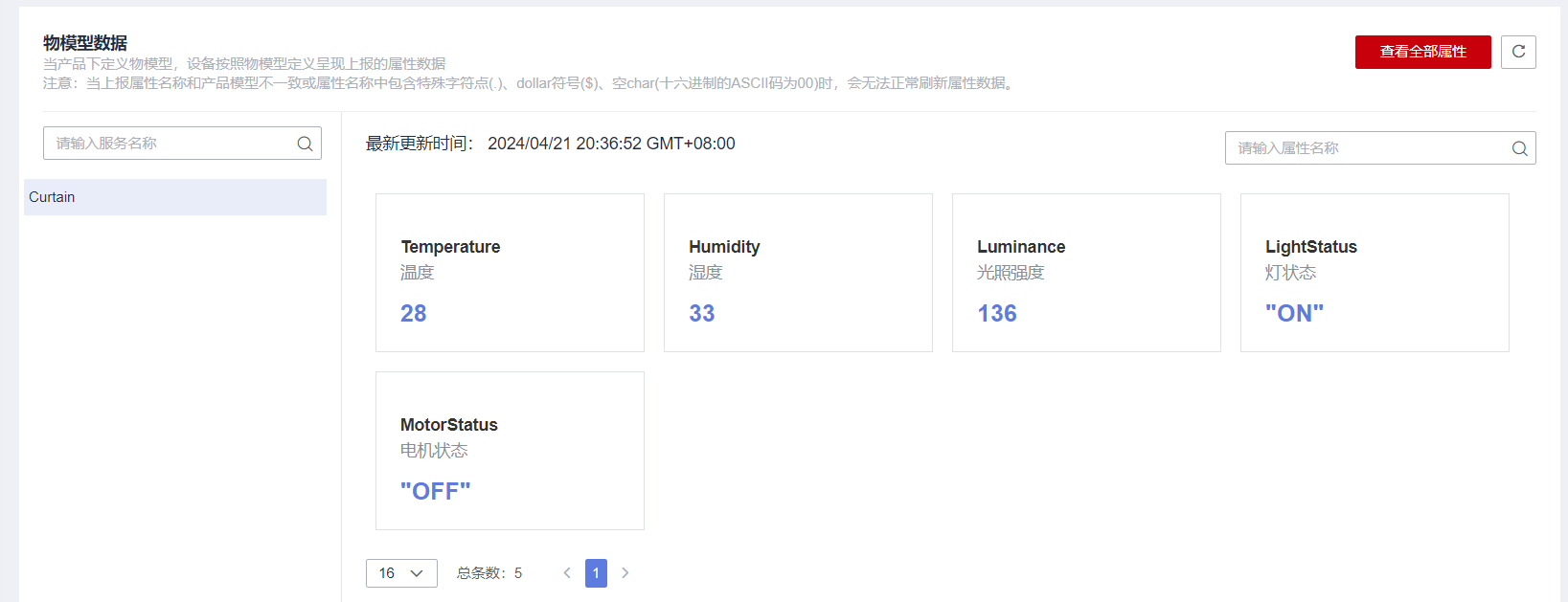基于鸿蒙系统的智能家庭窗帘控制系统 毕业论文
摘 要
随着现代社会的快速发展,人们对智能内饰的需求也越来越大。与传统窗帘不同,智能窗帘可以满足大家对生活品质的追求。一年之中,由于季节和气候的更替,温度、光照和时间的变化,人们对开合窗帘的需求并不恒定,这就为智能窗帘系统进入市场提供了机会。随着信息化、自动化和通信技术的不断发展,智能窗帘控制系统被越来越多地用于满足人们对开合窗帘的不同需求,从普通家庭到大型会议室,特别是在智能家居领域,智能窗帘控制系统为人们提供了更加方便、快捷、舒适、安全的生活环境,消除了传统类型窗帘的诸多弊端,提高了人们的生活质量。本文设计一种搭载国产鸿蒙openHarmony轻量级操作系统的主要研究,基于鸿蒙系统的智能窗帘控制系统,通过对国内外相关研究现状的调研和分析,探讨了该系统在提高生活质量、实现节能环保等方面具有的研究意义。
关键词:智能家居;openharmony;智能窗帘
ABSTRACT
With the rapid development of modern society, people's demand for intelligent interior is also increasing. Different from traditional curtains, smart curtains can meet everyone's pursuit of quality of life. During the year, due to the replacement of seasons and climate, temperature and time changes, people's demand for opening and closing curtains is not constant, which provides an opportunity for intelligent curtain systems to enter the market. With the continuous development of information, automation and communication technology, intelligent curtain control system is more and more used to meet people's different needs for opening and closing curtains, from ordinary families to large conference rooms, especially in the field of smart home, intelligent curtain control system provides people with a more convenient, fast, comfortable and safe living environment. It eliminates many drawbacks of traditional curtains and improves people's quality of life. This paper designs an intelligent curtain control system based on HarmonyOS based on the domestic openHarmony lightweight operating system. Through the investigation and analysis of relevant research status at home and abroad, this paper discusses the research significance of this system in improving the quality of life, realizing energy saving and environmental protection.
KEYWORDS:Smart home, openharmony, smart curtain
目 录
